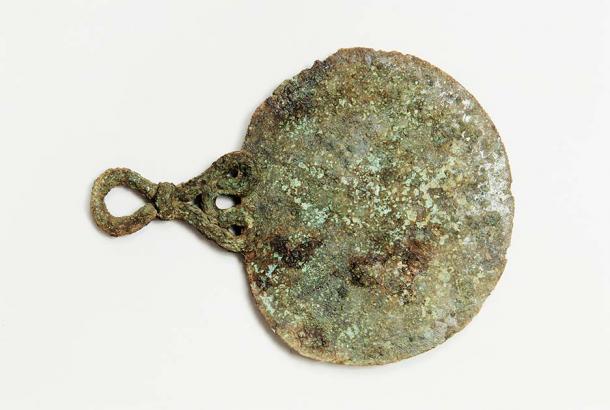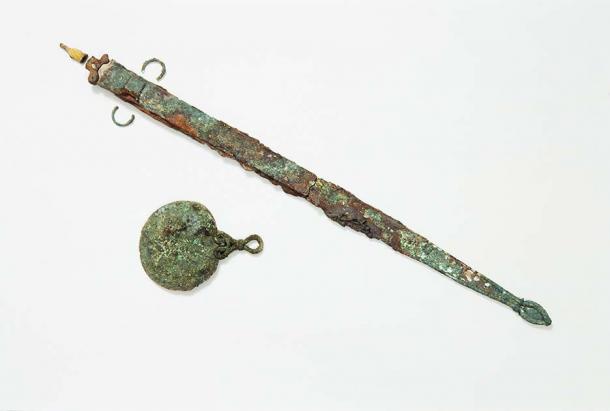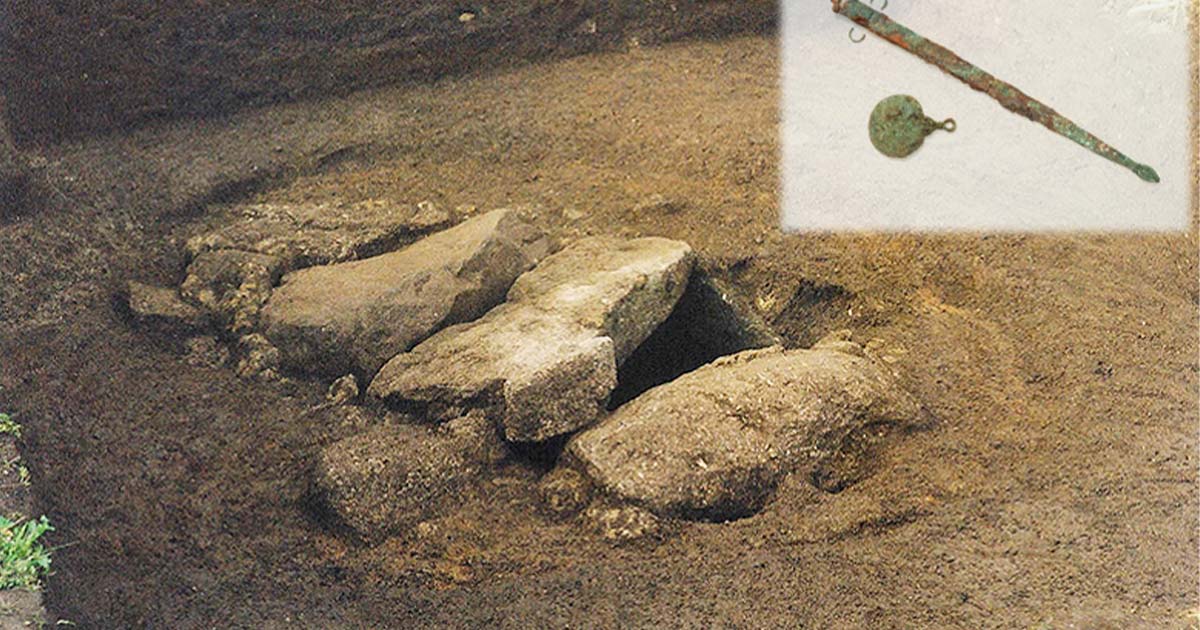Curious 2,000-Year-Old Isles of Scilly Burial Mystery Solved
On one of the small and lightly populated Isles of Scilly off the coast of Cornwall in southwestern England, archaeologists uncovered a unique stone-lined burial chamber in 1999. The grave goods recovered from this elaborate 2,000-year-old tomb included a mixture of items that had traditionally been buried with men in some cases and with women in others. As a result, for the past 20-plus years, archaeologists have been unsure whether the skeletal remains from this tomb belonged to a woman or a man.
After previous failed attempts to decipher the answer to this mystery of the Isles of Scilly remains, DNA results have finally determined that the person in the tomb was indeed a woman. This means experts in ancient British history will have to reconsider some stereotypes about the roles occupied by men and women in ancient times, since the evidence shows this woman was a revered warrior who fought in battles.
- Activist Group Tells Archaeologists Not to Assume Gender of Ancient Skeletons
- Warrior Women: Despite what Gamers Might Believe, the Ancient World was Full of Female Fighters
The new study was carried out by the preservation organization Historic England. In order to complete their work, they hired experts who were able to extract and analyze DNA from the enamel of a tooth found inside the Iron Age burial that was unearthed on the tiny isle of Bryher, which is only 330 acres (134 hectares) in size and is located within the Isles of Scilly archipelago.

Aerial photo of the Isles of Scilly in the United Kingdom, where the female warrior remains were uncovered. (Public domain)
DNA Advances Reveal a Long-Hidden Truth About Isles of Scilly Remains
Besides the tomb’s badly eroded human remains, archaeologists involved in the 1999 excavations on the Isles of Scilly discovered a sword inside a sheath or scabbard made from a copper alloy. There was also a metal shield buried in the grave, seemingly indicating that this person had been a warrior or soldier in some ancient army.
But these weren’t the only grave goods found with the Isles of Scilly remains. The person was also buried with two interesting keepsakes: a brooch and a bronze mirror that featured an image of the disc of the sun.
When found in ancient graves, such items have always been assumed to have belonged to women in the past, while weapons and military armor had been associated with men. These connections had been verified by previous DNA testing, but this was the first time that an Iron Age burial in England had been uncovered that contained this curious mix of artifacts.
Normally, DNA testing could solve an issue like this rather quickly. But several previous attempts at DNA testing had all failed, as the bones of the Isles of Scilly skeleton were so brittle and so quick to disintegrate that it was impossible to obtain a usable sample. Even the tooth would have been a questionable source, but the researchers from Historic England benefitted by an important breakthrough in the DNA testing field.

Bronze mirror found within the 2,000-year-old Iron Age burial of a female warrior on the Isles of Scilly. (Historic England Archive)
Advances in DNA Testing Provided Much-Needed Breakthrough
Not long ago, scientists at the University of California-Davis developed a new and more sensitive DNA testing technique that turned out to be perfect for use with brittle samples and therefore ideal for solving the Isles of Scilly mystery. Historic England hired the UC Davis experts in order to use their patented methodology on the tooth sample, after launching a thorough re-investigation of the grave and its unidentified occupant.
“Tooth enamel is the hardest and most durable substance in the human body,” explained Dr. Glendon Parker, a UC Davis environmental toxicologist, in a press release issued by Historic England. “It contains a protein with links to either the X or Y chromosome, which means it can be used to determine sex. This is useful because this protein survives well compared to DNA.”
While only tiny traces of tooth enamel had survived the ravages of time, the UC Davis researchers were able to extract miniscule pieces of protein from the enamel that remained, which they then tested, successfully. “This allowed us to calculate a 96% probability that the individual was female,” Dr. Parker stated.
It is now clear that the isolated tomb discovered on a tiny island within the Isles of Scilly archipelago had been built to house the body of a woman who’d been an honored warrior. During the Iron Age most wars involved surprise attacks on enemy settlements, and it would seem that at least some women either participated in these raids or were recruited to help defend against them.
Even though mirrors like the one recovered in this grave were normally found buried with women who were not warriors, that doesn’t mean they had no value in battle. These hand-held objects were sometimes used to reflect sunlight to send signals or coded messages. The mirrors also may have been used in rituals designed to ensure success on the battlefield, or to communicate with dead comrades who had been dispatched to the afterworld—the idea that mirrors could act as windows to the spirit world has been around for ages.

Recent DNA testing of the skeletal remains discovered on the Isles of Scilly, along with artifacts buried within the tomb such as this Iron Age sword, are forcing archaeologists to abandon their gender stereotypes. (Historic England Archive)
Female Warriors in Iron Age England: Were There Many?
In ancient Britain, raids between settlements or villages were common. In such a dangerous environment, both men and women may have needed to know how to use weapons, and both may have been equally celebrated when they proved their worth as military leaders or as skilled and fearless fighters.
- High Status Skeletal Find of “Ivory Man” in Valencia Turns out To Be “Ivory Lady”
- Study Shows Prehistoric “Man Hunter, Woman Gatherer” View Is Grossly Inaccurate
“Our findings offer an exciting opportunity to re-interpret this important burial. They provide evidence of a leading role for a woman in warfare on Iron Age Scilly,” said Dr. Sarah Stark, a human skeletal biologist at Historic England, when discussing the need to shed gender stereotypes when working at ancient archaeological sites.
“Although we can never know completely about the symbolism of objects found in graves, the combination of a sword and a mirror suggests this woman had high status within her community and may have played a commanding role in local warfare, organizing or leading raids on rival groups.”
Dr. Stark noted that female participation in collective violence might have been relatively normal in Iron Age societies. “It would be interesting to re-analyze other degraded burials to see if there are more ‘hidden’ female warriors out there,” she said. Given the eye-opening results of the new DNA test of the Isles of Scilly burial, this seems very likely to happen and to happen soon.
Top image: Capstones at the Bryher burial site in the Isles of Scilly, where the tomb of the female warrior was discovered. Source: Isles of Scilly Museum Association
By Nathan Falde

















